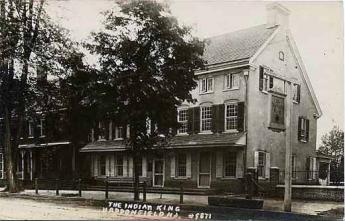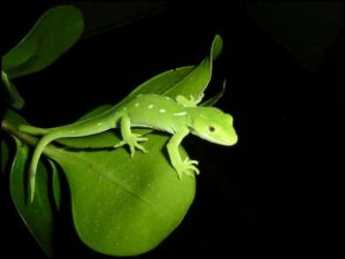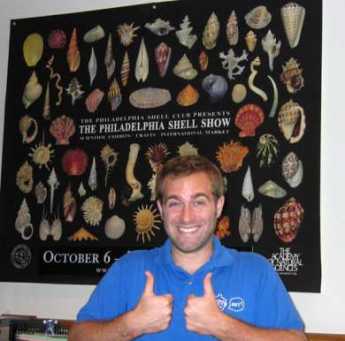Related Topics
West of Broad
A collection of articles about the area west of Broad Street, Philadelphia, Pennsylvania.
Haddonfield (all 26)(1 of1)volume 38
 Haddonfield is a bit of a secret. It's Philadelphia's "Main Line, East"
Haddonfield is a bit of a secret. It's Philadelphia's "Main Line, East"
Science
Science
Nature Preservation
Nature preservation and nature destruction are different parts of an eternal process.
Cultural
Culture and Traditions (2)
City Hall to Chestnut Hill
There are lots of ways to go from City Hall to Chestnut Hill, including the train from Suburban Station, or from 11th and Market. This tour imagines your driving your car out the Ben Franklin Parkway to Kelly Drive, and then up the Wissahickon.
Geckos: Academy of Natural Sciences brings Mini Dinosaurs

|
| Gecko |
FRIENDS who spent time in Vietnam have a lasting memory of lizards stuck to the ceiling, catching flies with their tongues. Those animals are named geckos, one of the oldest and probably most varied families of reptiles, but confined to the Southern hemisphere. Fossils have been found containing geckos from fifty million years ago, so they were here before the big dinosaurs were wiped out, when the Yucatan was probably struck by an asteroid.

|
| Anthony Geneva |
There was a time when Africa, India, South America and Antarctica were united in one monstrously big continent, and the many varieties of gecko are scattered over the land masses which originally made that up. At least this is the way Anthony Geneva explains it to visitors to the Academy of Natural Sciences at 19th and Ben Franklin Parkway. There are no geckos to be found naturally in Philadelphia. Philadelphians hardly need reminding that the first dinosaur bones, ever, were discovered in Haddonfield NJ, and were soon taken to the Academy for permanent display. Ever since that time, the Academy's collection of dinosaurs has expanded, and are the things with the most impact on school-age visitors. The Academy is getting ready to celebrate its 200th anniversary in a few years, however, and contains much more than dinosaur bones, including extensive research facilities with world-famous scientists at work in them. In any event, the dinosaur image is a clear metaphor for the present display of little reptiles that look like dinosaurs, whatever the DNA trail may be. The main exhibition area is currently filled with dozens of glass display cases containing live geckos, and the little rascals are so good at camouflage that you have to hunt carefully for them before they suddenly seem to emerge from the shadows. There are white ones, black ones, bright green and bright orange ones, speckled in all sorts of weird patterns. They make sounds resembling bird songs, and the term gecko is a native word referring to such sounds. The Academy displays these gecko-noises for visitors who are invited to push twenty or so buttons. Geckos move, but suddenly, and probably for some predatory purpose. If you are really into geckos, you focus on their feet.

|
| Gecko |
The variety of toe and foot shape is almost infinite and seems more so if you have a magnifying lens. The foot pads terminate in different kinds of extremely fine hairs, and that's their big secret. Those hairs are so fine the molecules of the foot and the molecules of the wall or ceiling attract each other magnetically. Since no energy is expended in the adherence, the gecko can remain attached to a wall or ceiling indefinitely, even after the gecko dies. But, by raising the angle of contact to thirty degrees, the foot detaches, and the little rascals can scoot along very rapidly, upside down. At present, there is a great deal of commercial and maybe military interest in clarifying the secrets of this adhesion. To be industrially useful, the footpad size would have to scale up to much larger dimensions, but just imagine gluing together the vessel ruptures and aneurysms inside the brain as we now do in a cumbersome manner with chicken-wire stents, just one example that quickly occurs to a visitor. If these little fellows figured out how to make these reversible adhesives fifty million years ago, our scientists ought to be able to imitate them.
Drop around to visit the Academy. It's filled with amazing things like this.
Originally published: Sunday, July 26, 2009; most-recently modified: Monday, May 20, 2019